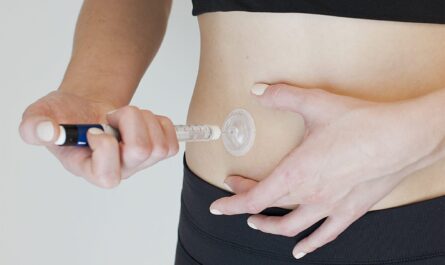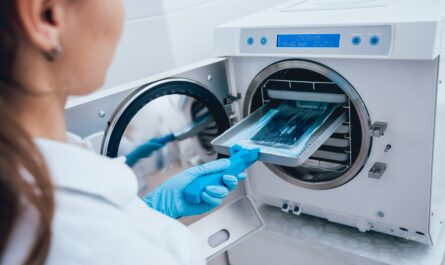The plastics industry has seen tremendous growth in the past few decades with plastics being used across various applications ranging from packaging to automobiles. However, one major drawback of plastics is their tendency to build up static charge during production, storage and transportation. This static charge can lead to issues like attraction of dust, difficulty in mold release and even ignition hazards under certain conditions. Low molecular antistatic agents help overcome this challenge by reducing the static charge accumulation on plastic surfaces.
What are Low Molecular Antistatic Agents?
Low molecular antistatic agents, also known as oligomeric antistatic agents, are chemicals added to plastics to reduce static charge build up. They have low molecular weights, typically between 200-1000 Daltons. Low molecular weight ensures the agent remains on the surface of the plastic part and does not leach or migrate inside over time. Common low molecular antistatic agents used in plastics include polyethylene glycols, polyhydroxyalkanoates, glycol esters, sulfonated polymers and phosphate esters.
Mechanism of Action
Low Molecular Antistatic Agents work by ionizing on the surface when static charge builds up. This ionization facilitates dissipation of static charge through migration of ions. The agent provides a conducting path for the static electrons to travel to ground. During injection molding or extrusion processes, the agent migrates and orients itself on the surface in an ordered configuration. This ordered layer facilitates rapid charge dissipation. Additionally, the hydrophilic nature of many agents attracts moisture from air which aids in the antistatic effect.
Reduces Dust and Coating Issues
One major benefit is reduction in dust accumulation on plastic parts during processing and storage. Plastic parts prone to static charge can attract dust from surrounding environment. This dust needs to be cleaned which increases production costs. Antistatic agents prevent dust attraction by neutralizing surface charge.
Another key benefit is easier mold release and reduced coating issues. Static charge during molding/coating processes can result in parts sticking and being difficult to eject. It can also affect uniformity of coatings applied to plastic substrates. Low molecular antistatic agents provide a charge dissipative layer preventing such issues.
Improved Worker Safety
Ignition risks associated with static discharge sparks are also mitigated. Plastic packaging for flammable products requires effective antistatic treatment to avoid inflammation hazards during transport or storage. Addition of appropriate levels of antistatic agents makes plastic surfaces static dissipative to reduce electrostatic ignition potential. This enhances overall worker safety in industries handling such materials.
Effectiveness Across Diverse Polymer Types
Low molecular weight antistatic agents display compatibility with a wide variety of polymers like polyethylene (PE), polypropylene (PP), polystyrene (PS), polyvinyl chloride (PVC), polyethylene terephthalate (PET) and engineering thermoplastics. They can be easily compounded with polymers during extrusion or injection molding processes. The agents also demonstrate stability at temperatures seen in typical polymer processing with minimal loss of functionality. This makes them suitable additives for plastics used in varied applications and processing conditions.
Types of Antistatic Agents Based on Chemistry
As mentioned earlier, the most widely used types are polyethylene glycols (PEGs), polyhydroxyalkanoates and sulfonated polymers due to their balanced antistatic performance and cost effectiveness.
– PEGs like PEG 200 to 600 Da are hydrophilic oligomers offering good alkali resistance and low levels are adequate for antistatic properties.
– Polyhydroxyalkanoates include derivatives of poly(ethylene glycol) methyl ether and provide moisture independent antistatic performance.
– Sulfonated polymers are aromatic sulfonates, acrylic and styrene sulfonates that impart hydrophilicity and ionization for effective static control.
– Glycol esters like glycerol monostearate are fatty acid esters that diffuse and self-assemble on the surface as antistatic layer.
– Phosphate esters effectively ionize and are often combined with other agents for synergistic effect. However, face restrictions in food contact plastics.
Dosage Optimization
Correct antistatic dosage needs to be determined based on specific requirements like surface resistivity values desired, polymer used, end-use application etc. Generally levels of 0.1-1% are effective but can vary with different polymers and agents used. Overdosage can negatively impact mechanical properties while underdosage will not provide adequate static control. Thus, optimal dosage plays a key role to balance antistatic performance and mechanical properties.
In summary, the growing plastics industry increasingly relies on additives like low molecular antistatic agents to mitigate static charge issues. Their advantages, cost-effectiveness, compatibility with diverse polymers and balanced performance profiles have made them important functional additives in the industry. Proper selection and dosage optimization ensures static control objectives are adequately met.




